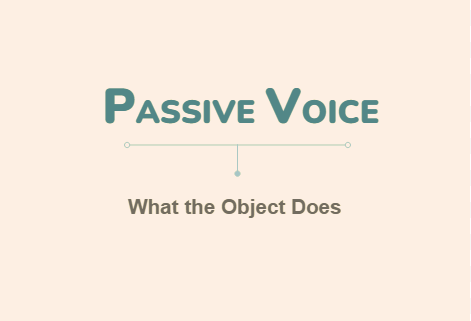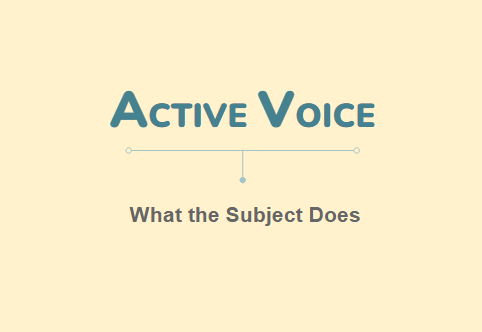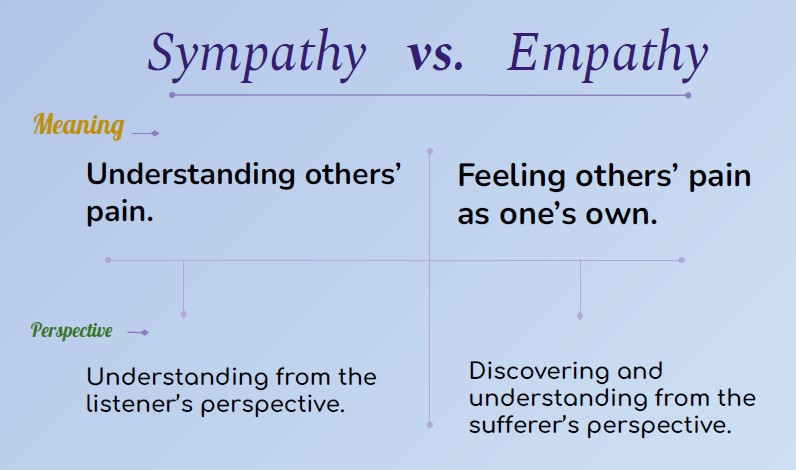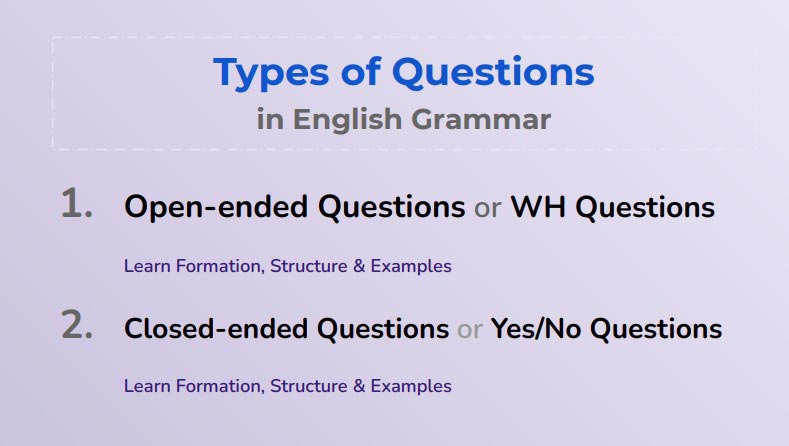Active Voice vs. Passive Voice - Learn the Different
Active Voice
Active Voices are sentences where the Action Verbs act directly for the Nouns/Pronouns, which means the Subjects of the sentence perform these actions directly. The subject of the sentence is the performer of the task in the Active Voices.
Active Sentence Structure: Subject + Verb + Object
- He will find something in time.
- Rina gave me the book I was looking for.
- I watch all the latest movies.
Subjects are the ones in focus in the sentences in the Active Voice above. They use verbs as per the respective tenses of the sentences. This is how Sentences are naturally constructed in the English language. Without the reference to the Passive Voice, it is rather hard to understand the Active Voice properly.
Passive Voice
Passive Voices are the types of sentences where the object of the sentence comes into focus and what is being done to it (by the subject) is the agenda. The events in the passive sentences are described from the object’s side.
Passive Sentence Structure: Object + Verb + Preposition + Subject
- Something will be found by him in time.
- The book I was looking for was given to me by Rina.
- All the latest movies are watched by me.
The Objects of the sentences above are being affected by the subject or the one taking the actions. Passive voice is precisely used to express the other side of the story. Passive sentences are often used in English to overcome the monotonous use of regular sentence formation in speech and writing.
Active vs. Passive Voice
The sense and focus of passive sentences are the opposite of active ones. They stand for the two polar opposite outlooks on the same incident. Active is the most commonly used form of sentence in the English language but without the right mix of the passive sentence, any spoken or written piece will fail to stay as dynamic to the people at the receiving end.
Verb Change in Active and Passive Sentences
The change of the verb forms according to the tenses can prove to be a challenge but this is the most important part to concentrate on for the learners when it comes to mastering these two voices. A complete list of verb form changes across active and passive voices is given below with the help of the base verb - Take:
|
Tense Name |
Active Form |
Passive Form |
|
Present Indefinite |
Take |
Am/is/are taken |
|
Present Continuous |
Am/is/are taking |
Am/is/are being taken |
|
Present Perfect |
Have/has taken |
Have/has been taken |
|
Present Perfect Continuous |
Have/has been taking |
Have/has been being taken (Rarely used) |
|
Past Indefinite |
Took |
Was/were taken |
|
Past Continuous |
Was/were taking |
Was/were being taken |
|
Past Perfect |
Had taken |
Had been taken |
|
Past Perfect Continuous |
Had been taking |
Had been being taken |
|
Future Indefinite |
Shall/will take |
Shall/will be taken |
|
Future Continuous |
Shall/will be taking |
Shall/will be being taken (Rarely used) |
|
Future Perfect |
Shall/will have taken |
Shall/will have been taken |
|
Future Perfect Continuous |
Shall/will have been taking |
Shall/will have been being taken |
|
Infinitive |
To take |
To be taken |
|
Perfect Infinitive |
To have taken |
To have been taken |
|
Gerund |
Taking |
Being taken |





